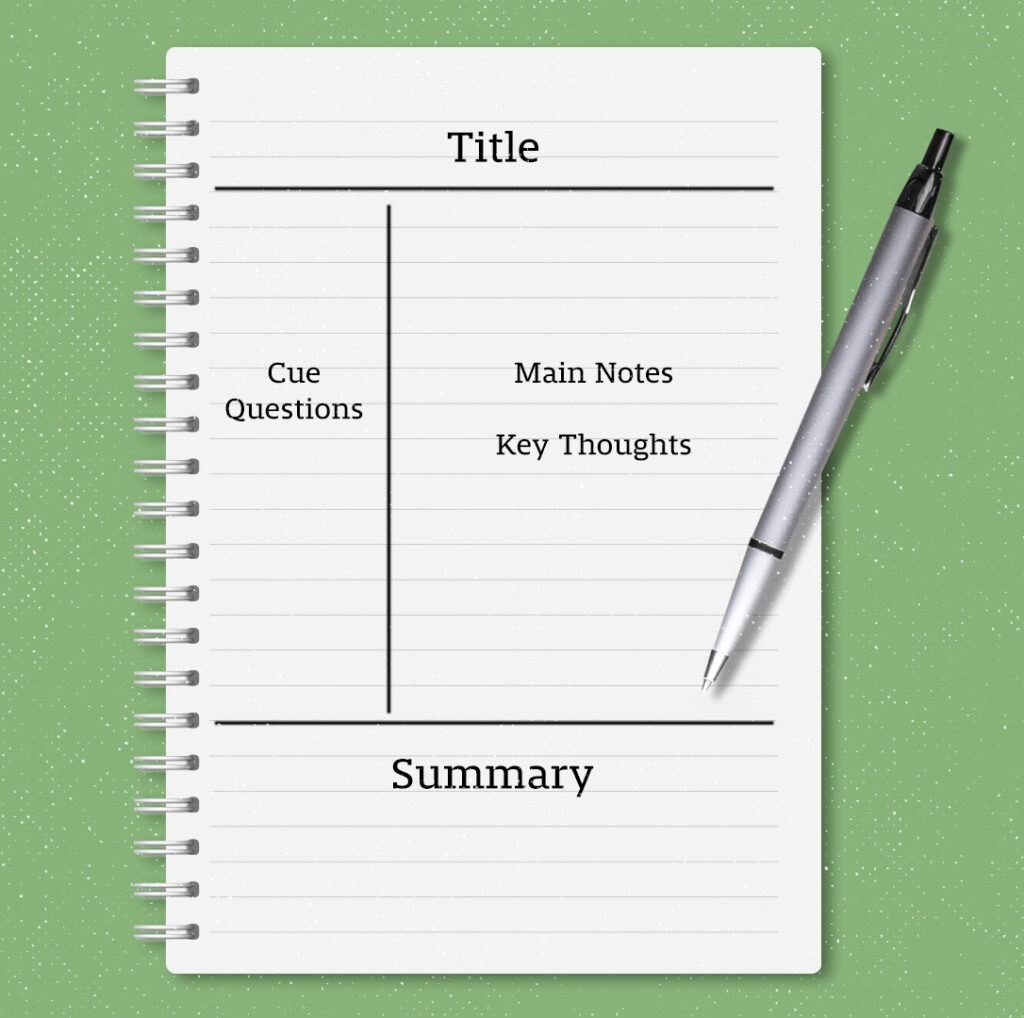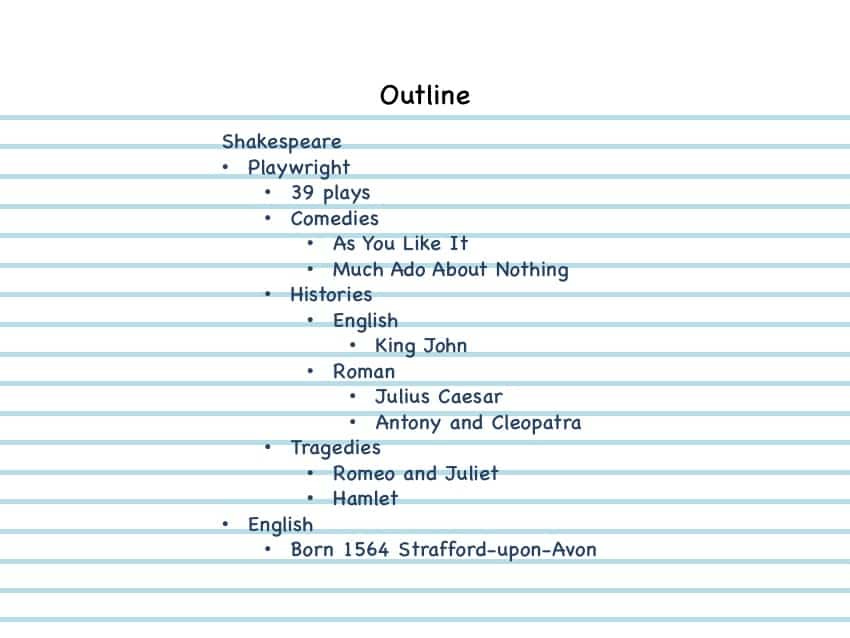Branches | Why we take notes
Note-taking is an essential skill for students and postgraduates. It helps them to capture and retain key information during lectures, discussions, and meetings. Effective note-taking can improve learning, comprehension, and retention of important concepts. Students can use notes to review and revise their coursework, prepare for exams, and reinforce their understanding of the subject matter.
People who have completed their studies also benefit from note-taking as it helps them to organize their thoughts and ideas, and develop their own theories and arguments. Note-taking during meetings and conferences can help these people identify trends, emerging issues, and new ideas in their field of study. Additionally, notes can serve as a useful reference when conducting research, writing papers, and preparing presentations.
Buds | Which Note-Taking Method Should You Use?
To choose a note-taking method, consider your personal preferences, learning style, and the context in which you'll be taking notes. Some people prefer visual methods, such as mind maps or diagrams, while others prefer more linear methods, such as Cornell notes or the outline method. The Cornell note-taking system, for example, involves dividing your notes into sections for main ideas, supporting details, and a summary, making it a popular option for students. Ultimately, the best note-taking method works for you and helps you capture and retain key information effectively.
Leaves | Different Note-Taking Methods
There are many different note-taking systems, and popularity can vary depending on personal preferences and the context in which notes are being taken. However, three of the most widely used and popular note-taking systems are:
1. Cornell Notes
This system involves dividing your notes into two columns, one for keywords and main ideas, and one for supporting details. At the bottom of the page, there is a summary section for reviewing and synthesizing the notes.
2. Mind Mapping
This visual method involves creating a diagram or map that connects key ideas, concepts, and information. It's a useful tool for brainstorming, organizing thoughts, and making connections between different pieces of information.
3. Outline Method
The outline method involves using a hierarchical structure to organize notes into a series of headings, subheadings, and bullet points. It's a flexible system that can be adapted to different contexts, such as lectures, books, or research papers.
References
https://learningcenter.unc.edu/tips-and-tools/effective-note-taking-in-class/
https://www.scrintal.com/guides/note-taking-defined-how-to-describe-it-exactly
https://www.easybib.com/guides/4-note-taking-systems-to-consider/
https://www.mindmeister.com/blog/effective-notes-using-mind-maps/







